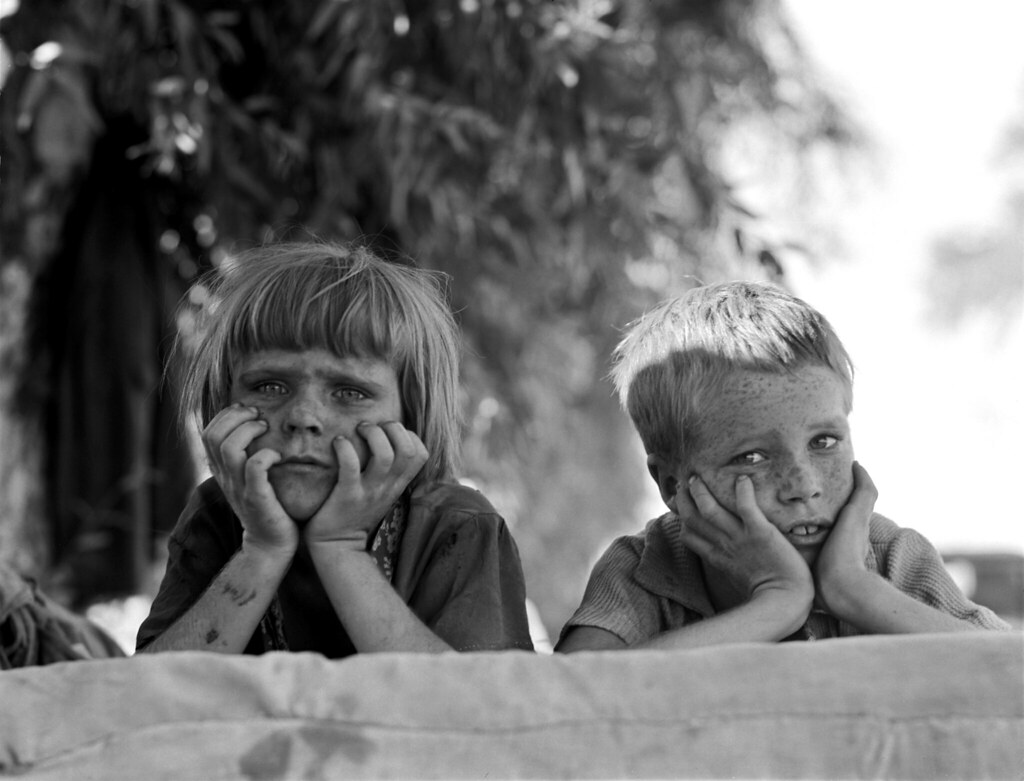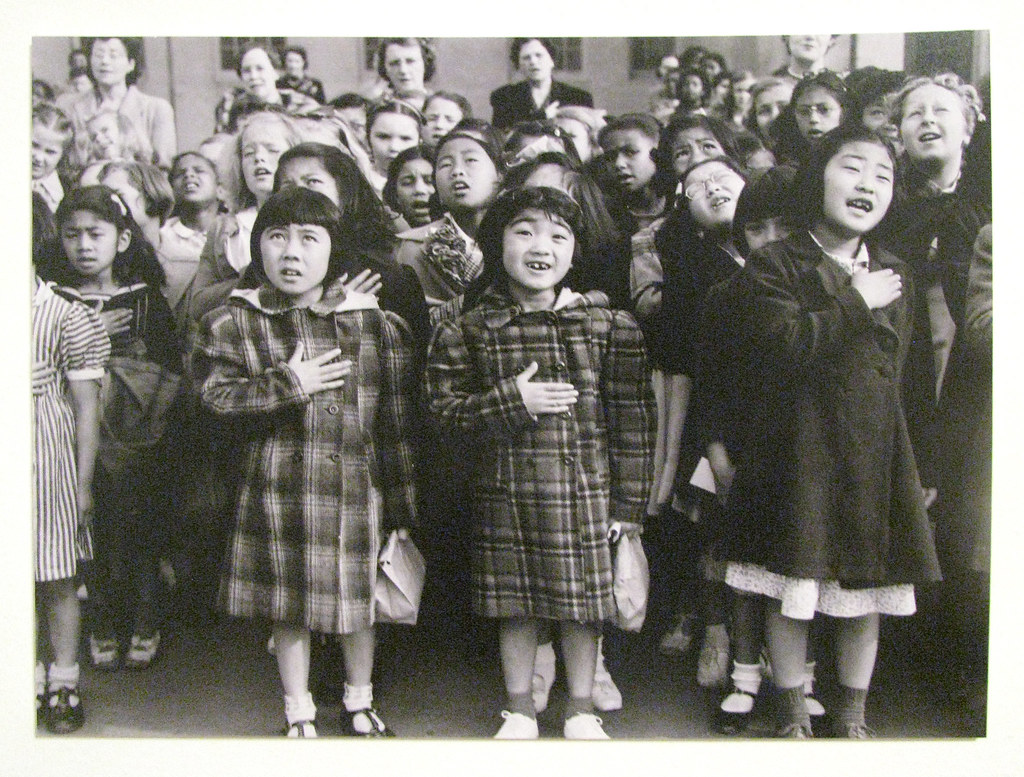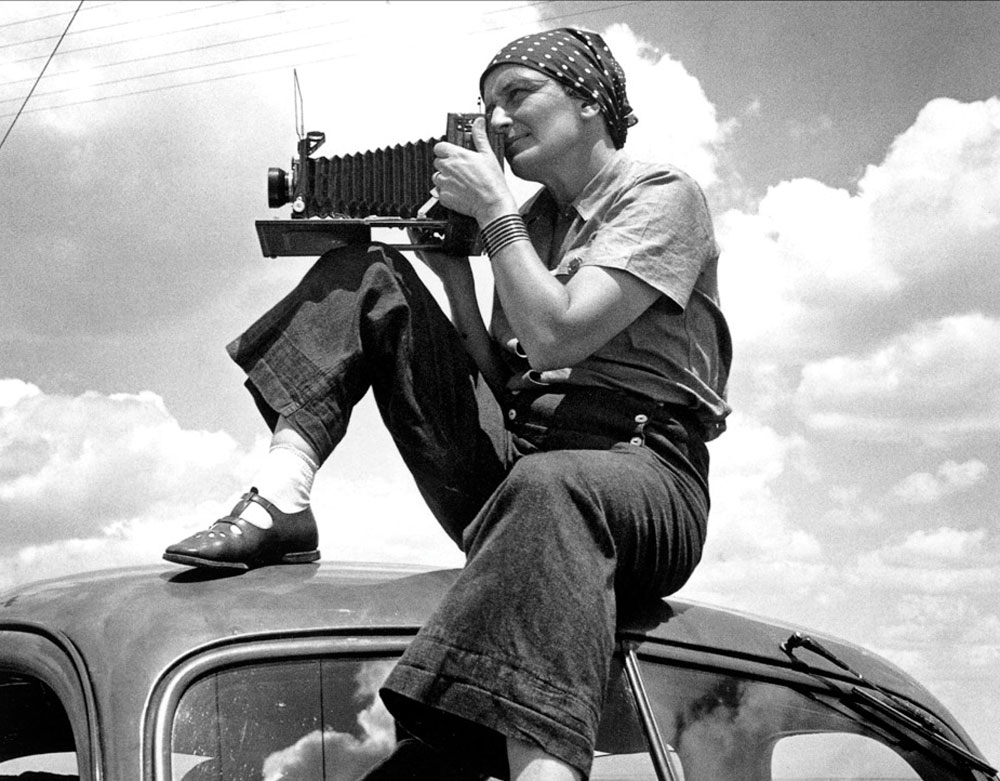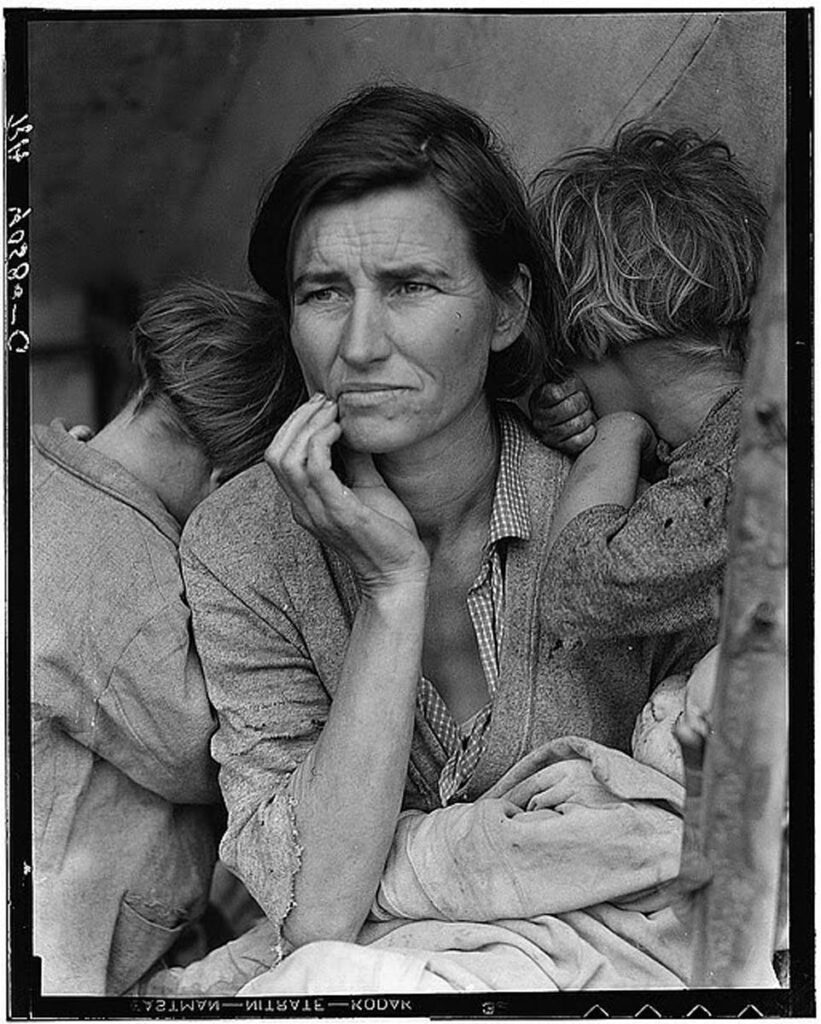Dorothea Lange: Who Captured the Human Struggles
Dorothea Lange was one of the most famous American photographers known for her powerful and emotional black-and-white images. Her photographs are widely recognized for capturing the pain, resilience, and spirit of people who faced poverty, hardship, and injustice. Lange’s work is particularly remembered for her photographs of the Great Depression and her role in documenting the struggles of ordinary Americans. She became one of the most influential photographers in history, using her camera to highlight social issues and influence public opinion.
Early Life of Dorothea Lange
Dorothea Lange was born on May 26, 1895, in Hoboken, New Jersey. She had a difficult childhood, especially when she contracted polio at the age of seven, which left her with a permanent limp. This experience had a lasting impact on Lange’s life and her view of the world, making her more empathetic toward people who suffered hardship.
Lange was interested in photography from a young age. She went on to study photography at the New York Institute of Photography and later moved to San Francisco. In the 1920s, she opened a portrait photography studio, where she started to gain recognition for her unique way of capturing emotions and telling stories through photographs.

The Great Depression and Lange’s Turning Point
In 1929, the stock market crash triggered the Great Depression, which left millions of Americans without jobs, homes, or food. Lange was deeply moved by the poverty and suffering she saw around her. She began to photograph the lives of migrant workers, poor families, and those hit hardest by the Depression.
Her work quickly gained attention because of its emotional depth and the way it showed the human side of the crisis. Lange’s ability to connect with her subjects and capture their struggles set her apart from other photographers. She didn’t just take pictures; she told stories about the pain and perseverance of ordinary people.
Dorothea Lange’s Work with the Farm Security Administration (FSA)
In 1935, Lange was hired by the Farm Security Administration (FSA), a government agency created to help farmers and rural communities during the Great Depression. Lange’s role was to photograph the effects of the Depression on poor farming families and migrant workers across the United States.
Lange’s work for the FSA was groundbreaking. She didn’t just document poverty; she created powerful, emotional images that made the viewer feel the struggles of the people she photographed. Her photographs became a key part of the FSA’s efforts to raise awareness about the hardships faced by Americans and to encourage government action to help these families.
Iconic Photographs: The Story Behind “Migrant Mother”
One of Dorothea Lange’s most famous photographs is Migrant Mother. In 1936, Lange captured a photograph of Florence Owens Thompson, a migrant worker who was struggling to care for her children in a California camp. The image shows Thompson’s tired, worried face as she looks off into the distance, while her children cling to her. The photograph became an icon of the Great Depression and was widely reproduced, calling attention to the dire situation of migrant families.
This photograph is often considered one of the most impactful and emotional images ever taken during the Great Depression. Lange’s ability to capture not just the physical appearance but also the emotional depth of her subject made her work unforgettable. The Migrant Mother photo became a symbol of the Depression and helped generate public support for government relief programs for displaced families.
Lange’s Later Work and Focus on Social Justice
After her work with the FSA, Lange continued to use photography to document social issues. During World War II, she focused on the internment of Japanese Americans, photographing their forced relocation to internment camps. Lange captured photos of Japanese American families being taken from their homes, but they were never published at the time. They remain an important part of the historical record today.
Lange also worked as a freelance photographer, contributing to publications like Life magazine. Her career was marked by a continued focus on social issues, including poverty, racism, and injustice. She believed that photography could be used to raise awareness and drive social change.

Dorothea Lange’s Legacy and Influence
Dorothea Lange passed away on October 11, 1965, but her legacy as a photographer and social activist endures. Her photographs remain some of the most powerful images of the 20th century. Lange’s work is still studied and admired by photographers, artists, and social activists today.
She not only documented history but also helped to shape it by using her camera to shed light on important social issues. Lange used her photography to bring about change and advocate for social justice. She proved that photography could do more than just capture moments—it could influence public opinion and inspire action.

Conclusion: The Power of Dorothea Lange’s Photography
Dorothea Lange’s photographs changed the way the world viewed poverty, migration, and social justice. Lange captured the struggles and resilience of people in crisis. Her work remains historically significant and impactful. Through her work, Lange showed that photography could be a powerful tool for social change. Lange is remembered for her empathy and storytelling. She used photography to advocate for those in need.
Key Achievements:
Migrant Mother: Lange’s iconic photograph, symbolizing the struggles of families during the Great Depression.
- FSA Work: Documented the lives of migrant workers and poor farmers, highlighting their challenges during the Great Depression.
- Social Justice: Used photography to document the injustice faced by Japanese Americans during WWII.
- Legacy: Lange’s photographs continue to inspire photographers, journalists, and activists around the world.
Dorothea Lange was a pioneering photographer. Her work still inspires art for social change and advocacy today.



hats off